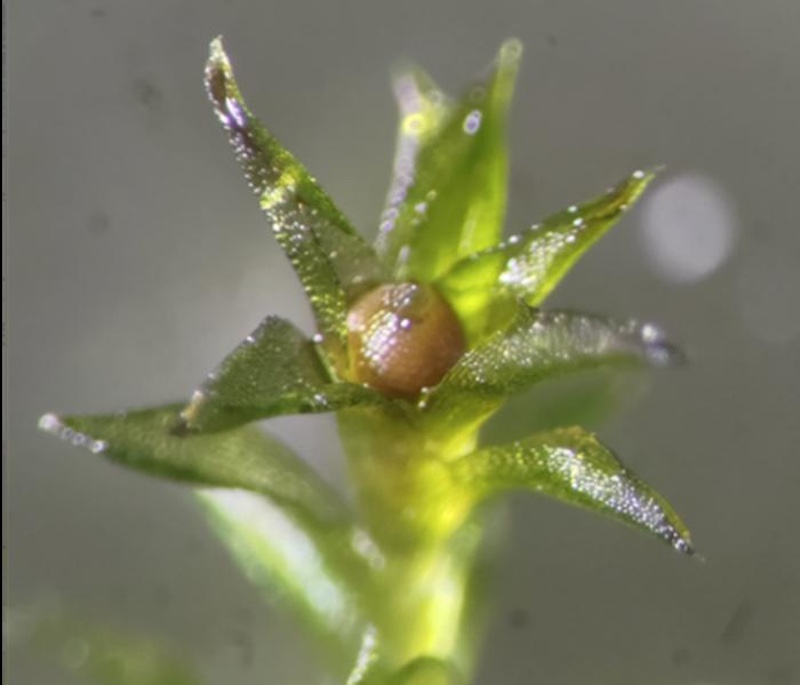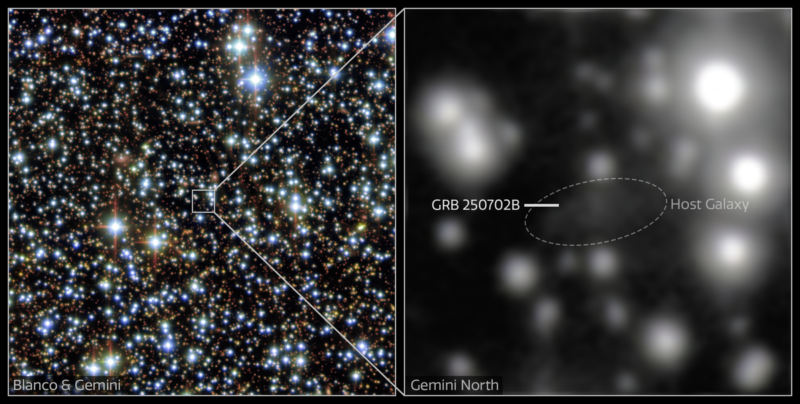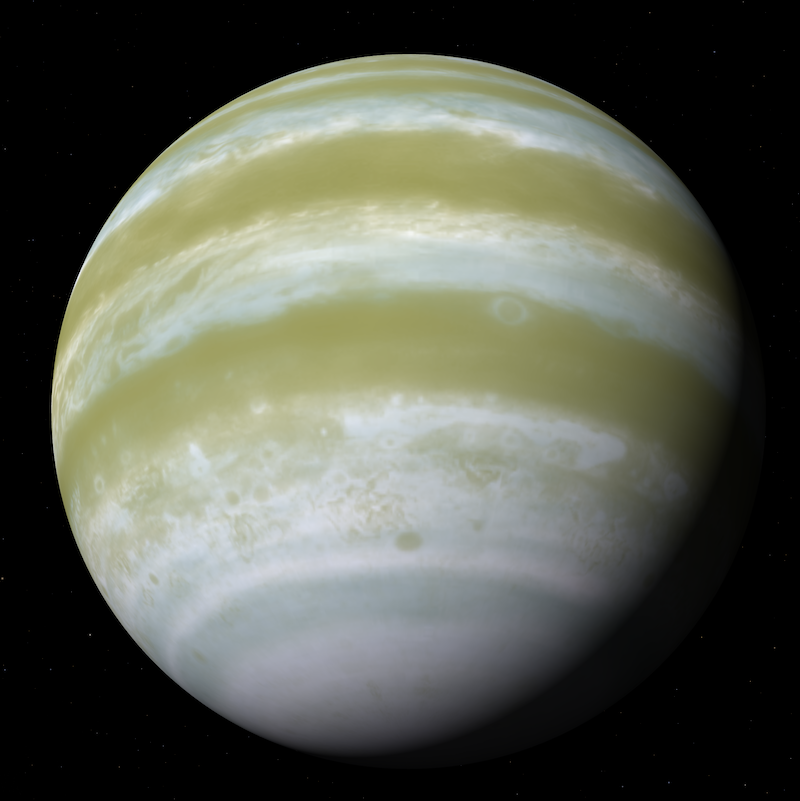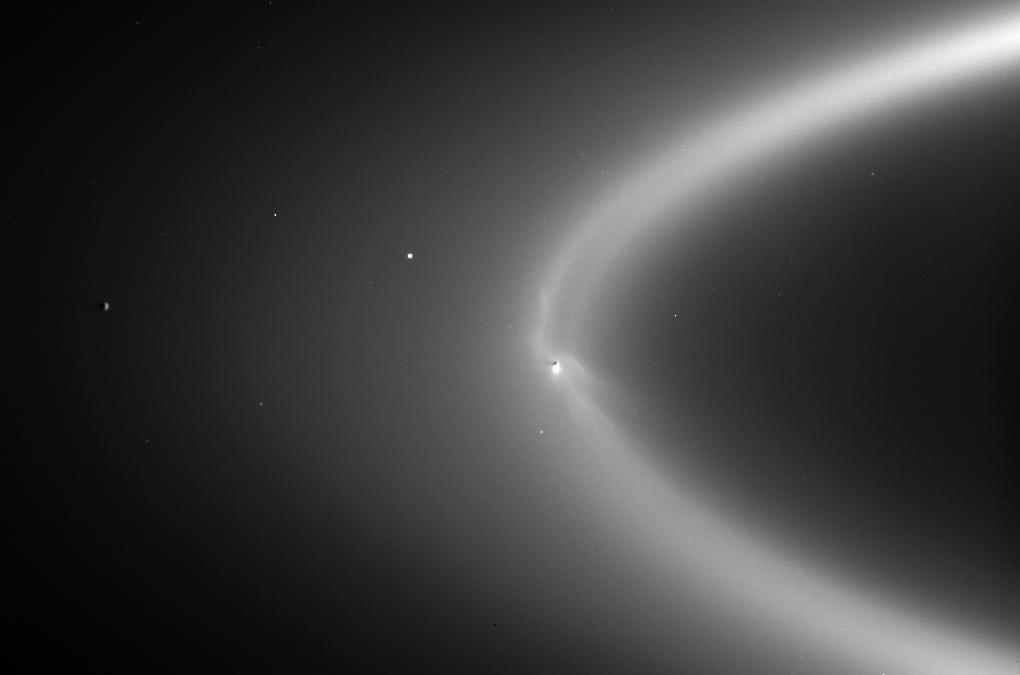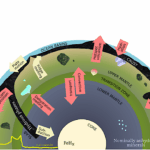Now Reading: Auroras on rogue planet in a new alien weather report
-
01
Auroras on rogue planet in a new alien weather report
Auroras on rogue planet in a new alien weather report
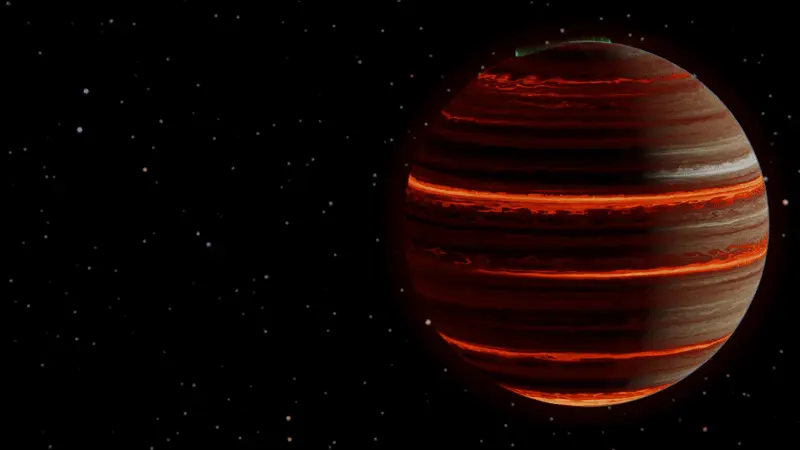
- SIMP 0136 is a giant planet much more massive than Jupiter. It is rogue, meaning it doesn’t orbit a star. Instead, it drifts alone in space.
- Astronomers observed huge auroras – similar to Earth’s northern lights – when they observed the rogue planet using the James Webb Space Telescope.
- Webb also observed a surprising lack of variability in the cloud cover of the planet. And Webb tracked changes in the searing temperatures of SIMP 0136.
Powerful auroras on rogue planet
Auroras – also known as the southern or northern lights on Earth – are common on planets in our solar system. But what about planets elsewhere, including rogue planets? Rogue planets are planets don’t orbit any stars; instead, they float freely in interstellar space. Researchers at Trinity College Dublin in Ireland observed the rogue planet SIMP 0136, a super-Jupiter about 20 light-years away, using the James Webb Space Telescope (JWST).
They tracked changes in the planet’s temperature, clouds and chemistry. And on September 26, 2025, they said they saw strong auroras in the atmosphere of the wandering planet. The auroras on SIMP 0136 are similar to those on Earth or the more powerful auroral displays on Jupiter.
Astronomers first discovered the auroras on SIMP 0136 back in 2018, using the Karl G. Jansky Very Large Array (VLA). But now the Webb telescope can take an even closer look at them.
The researchers published their peer-reviewed findings in Astronomy & Astrophysics on September 26, 2025.
Meet SIMP 0136
SIMP 0136 is a rogue planet, one that isn’t gravitationally bound to a star. It is huge, about 13 times more massive than Jupiter and 1.2 times the radius. It is fairly close by, only about 20 light-years away. SIMP 0136 is hot, at about 2,700 degrees Fahrenheit (1,500 degrees Celsius).
Some astronomers classify SIMP 0136 as a brown dwarf, rather than a planet. Brown dwarfs are typically larger than the largest gas giant planets but smaller than the smallest stars.
? It's paper day! Today I'm sharing the latest in a series of papers looking at the weather on other worlds, in this case bringing you the weather report from a nearby T-dwarf, SIMP-0136. ?? to follow…
— Evert Nasedkin (@evertnasedkin.bsky.social) 2025-09-26T09:05:15.405Z
New analysis of SIMP 0136’s atmosphere
The astronomers were observing SIMP 0136 to learn more about its atmosphere, temperature and chemistry. Evert Nasedkin at Trinity’s School of Physics is the lead author of the new study. He said:
These are some of the most precise measurements of the atmosphere of any extra-solar object to date, and the first time that changes in the atmospheric properties have been directly measured.
And at over 1,500 degrees Celsius, SIMP-0136 makes this summer’s heat wave look mild. The precise observations we made meant we could accurately record temperature changes smaller than 5 degrees Celsius. These changes in temperature were related to subtle changes in the chemical composition of this free-floating planet, which is suggestive of storms – similar to Jupiter’s Great Red Spot – rotating into view….
Different wavelengths of light are related to different atmospheric features. Similar to observing the changes in color over the surface of the Earth, the changes in the color of SIMP 0136 are driven by changes in the atmospheric properties. So by using cutting-edge models, we could infer the temperature of the atmosphere, the chemical composition, and the position of the clouds.
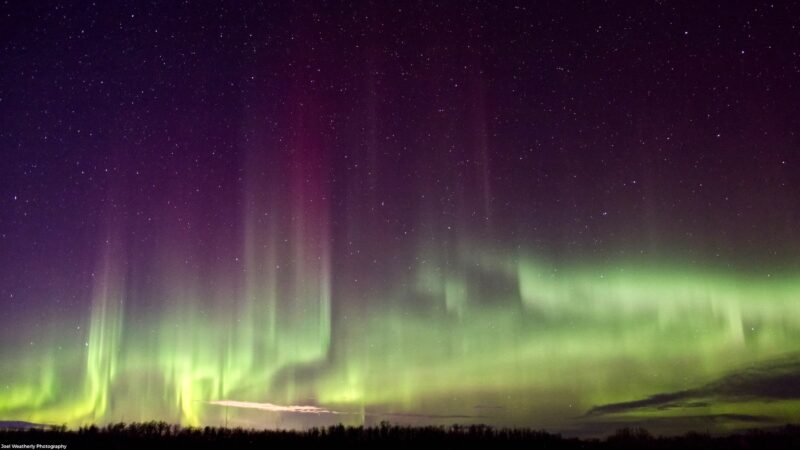
Other surprises on SIMP 0136
There is also heating in the stratosphere of SIMP 0136, similar to heating from auroras on Earth and other planets. Notable, however, the researchers haven’t yet been able to connect the heating on SIMP 0136 directly to its auroras. The paper says:
SIMP-0136 is known to emit pulsed radio signals, which is attributed to the large scale currents generated by electrons flowing along magnetic field lines. These electrons interact with the atmosphere, releasing energy and forming auroras. While our retrievals find heating in the stratosphere of SIMP 0136, it is challenging to directly attribute this to heating from auroral processes: there is still no direct evidence for UV or IR auroral emission in SIMP 0136.

The observations also revealed an unexpected lack of variability in the planet’s cloud cover. Indeed, the cloud coverage was constant. In addition, those clouds are unlike any on Earth. Instead of water, they are composed of tiny grains of silicate. That’s similar to the composition of grains of sand on a beach.
Weather on other worlds
The modeling techniques used for SIMP 0136 can also be applied to other exoplanets as well. Johanna Vos at Trinity’s School of Physics said:
This work is exciting because it shows that by applying our state-of-the-art modelling techniques to cutting-edge datasets from JWST, we can begin to piece together the processes that drive weather in worlds beyond our solar system. Understanding these weather processes will be crucial as we continue to discover and characterize exoplanets in the future.
While for now these types of spectroscopic variability observations are limited to isolated brown dwarfs, like this one, future observations with the Extremely Large Telescope and eventually the Habitable Worlds Observatory will enable the study of the atmospheric dynamics of exoplanets, from Jupiter-like gas giants to rocky worlds.
Bottom line: Using the Webb space telescope, astronomers have observed auroras on rogue planet SIMP 0136. The giant starless world is about 20 light-years away from Earth.
Read more: Enormous rogue super-Jupiter is a surprisingly complex world
Read more: Astronomers find weird rogue world with wild auroras
The post Auroras on rogue planet in a new alien weather report first appeared on EarthSky.
Stay Informed With the Latest & Most Important News
Previous Post
Next Post
-
 012024 in Review: Highlights from NASA in Silicon Valley
012024 in Review: Highlights from NASA in Silicon Valley -
 02Panasonic Leica Summilux DG 15mm f/1.7 ASPH review
02Panasonic Leica Summilux DG 15mm f/1.7 ASPH review -
 03From Polymerization-Enabled Folding and Assembly to Chemical Evolution: Key Processes for Emergence of Functional Polymers in the Origin of Life
03From Polymerization-Enabled Folding and Assembly to Chemical Evolution: Key Processes for Emergence of Functional Polymers in the Origin of Life -
 04How New NASA, India Earth Satellite NISAR Will See Earth
04How New NASA, India Earth Satellite NISAR Will See Earth -
 05And Thus Begins A New Year For Life On Earth
05And Thus Begins A New Year For Life On Earth -
 06Astronomy Activation Ambassadors: A New Era
06Astronomy Activation Ambassadors: A New Era -
07SpaceX launch surge helps set new global launch record in 2024












